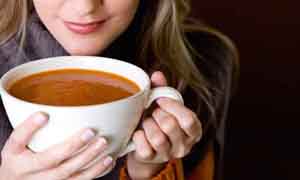Jul 9: Your sense of smell that helps in enjoying the food may be inadvertently making you fat while the lack of it may trick the body into thinking it has already eaten, researchers say.
The findings revealed that obese mice that lost sense of smell lost weight on a high fat diet while their counterparts with a strong sense of aroma ballooned to twice their normal weight.
The result suggests that the odour of what we eat may play an important role in how the body deals with calories.
This also points out to a key connection between the olfactory or smell system and regions of the brain that regulate metabolism, in particular the hypothalamus, though the neural circuits are still unknown, the researchers explained. “The study shows if we manipulate olfactory inputs we can actually alter how the brain perceives energy balance and how the brain regulates energy balance,” said Celine Riera from the Cedars-Sinai Medical Centre in Los Angeles.
Mice as well as humans are more sensitive to smells when they are hungry than after they have eaten, so perhaps the lack of smell tricks the body into thinking it has already eaten.
While searching for food, the body stores calories in case it’s unsuccessful, but once food is secured, the body feels free to burn it, Riera noted. The study, published in the journal Cell Metabolism, implies that loss of smell also plays a key role in humans who often become anorexic — an eating disorder that causes people to obsess about weight and what they eat. “Sensory systems play a role in metabolism.
Weight gain isn’t purely a measure of the calories taken in, it’s also related to how those calories are perceived,” explained Andrew Dillin from the University of California, Berkeley. “If we can validate this in humans, perhaps we can actually make a drug that doesn’t interfere with smell but still blocks that metabolic circuitry. That would be amazing,” Dillin noted.





Comments
Add new comment